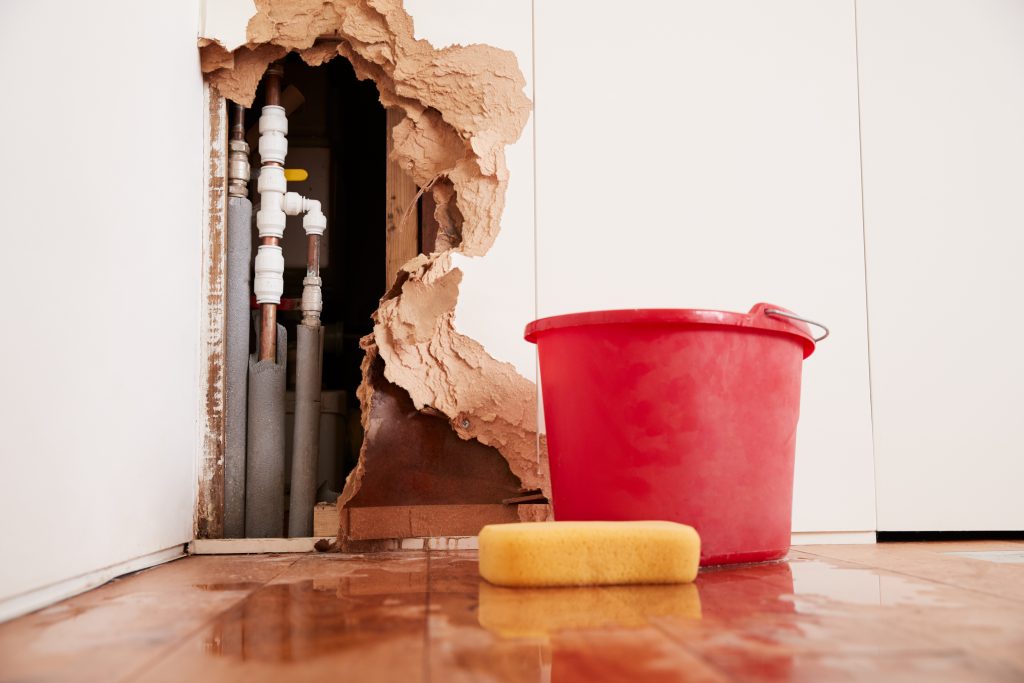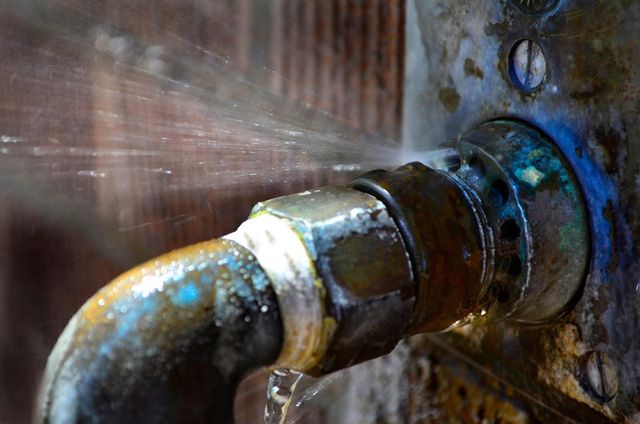Overview To Water Leakage Detection In Your Home
Overview To Water Leakage Detection In Your Home
Blog Article
What're your thoughts and feelings about Locating water leaks?

Early discovery of dripping water lines can reduce a potential catastrophe. Some little water leaks might not be visible.
1. Take A Look At the Water Meter
Every residence has a water meter. Checking it is a guaranteed manner in which helps you find leakages. For beginners, turn off all the water sources. Make certain no one will flush, use the tap, shower, run the washing maker or dishwasher. From there, most likely to the meter as well as watch if it will certainly transform. Considering that no person is utilizing it, there should be no movements. That shows a fast-moving leak if it moves. Also, if you find no changes, wait a hr or 2 as well as inspect back once again. This suggests you might have a slow leakage that could also be underground.
2. Inspect Water Intake
If you spot abrupt adjustments, regardless of your usage being the exact same, it implies that you have leakages in your plumbing system. An abrupt spike in your bill shows a fast-moving leak.
On the other hand, a stable increase on a monthly basis, despite the same behaviors, shows you have a slow-moving leak that's also gradually escalating. Call a plumber to extensively check your residential property, specifically if you really feel a cozy area on your floor with piping below.
3. Do a Food Coloring Examination
When it comes to water consumption, 30% comes from commodes. If the color somehow infiltrates your dish during that time without flushing, there's a leak between the tank and bowl.
4. Asses Exterior Lines
Don't forget to check your outdoor water lines too. Test spigots by connecting a yard hose. Must water permeate out of the link, you have a loose rubber gasket. Replace this as well as make sure all links are limited. It will help get it properly analyzed as well as preserved yearly if you've obtained a sprinkler system. One tiny leakage can lose tons of water and also increase your water expense.
5. Evaluate the circumstance and also inspect
House owners need to make it a habit to inspect under the sink counters as well as even inside cupboards for any type of bad odor or mold and mildew growth. These two warnings suggest a leak so punctual interest is required. Doing regular examinations, even bi-annually, can conserve you from a major trouble.
Check for discolorations and also damaging as the majority of appliances and pipelines have a life span. If you think leaking water lines in your plumbing system, do not wait for it to intensify.
Early detection of dripping water lines can alleviate a prospective catastrophe. Some small water leakages may not be noticeable. Checking it is a proven way that assists you find leaks. One little leak can throw away tons of water and also increase your water bill.
If you believe dripping water lines in your plumbing system, don't wait for it to intensify.
WARNING SIGNS OF WATER LEAKAGE BEHIND THE WALL
PERSISTENT MUSTY ODORS
As water slowly drips from a leaky pipe inside the wall, flooring and sheetrock stay damp and develop an odor similar to wet cardboard. It generates a musty smell that can help you find hidden leaks.
MOLD IN UNUSUAL AREAS
Mold usually grows in wet areas like kitchens, baths and laundry rooms. If you spot the stuff on walls or baseboards in other rooms of the house, it’s a good indicator of undetected water leaks.
STAINS THAT GROW
When mold thrives around a leaky pipe, it sometimes takes hold on the inside surface of the affected wall. A growing stain on otherwise clean sheetrock is often your sign of a hidden plumbing problem.
PEELING OR BUBBLING WALLPAPER / PAINT
This clue is easy to miss in rooms that don’t get much use. When you see wallpaper separating along seams or paint bubbling or flaking off the wall, blame sheetrock that stays wet because of an undetected leak.
BUCKLED CEILINGS AND STAINED FLOORS
If ceilings or floors in bathrooms, kitchens or laundry areas develop structural problems, don’t rule out constant damp inside the walls. Wet sheetrock can affect adjacent framing, flooring and ceilings.
https://www.servicemasterbyzaba.com/blog/how-to-detect-water-leakage-in-walls/

As a passionate person who reads about Top leak detection hacks, I figured sharing that excerpt was appropriate. Are you aware of another person who is involved in the topic? Please feel free to share it. Thanks for your time spent reading it.
Report this page